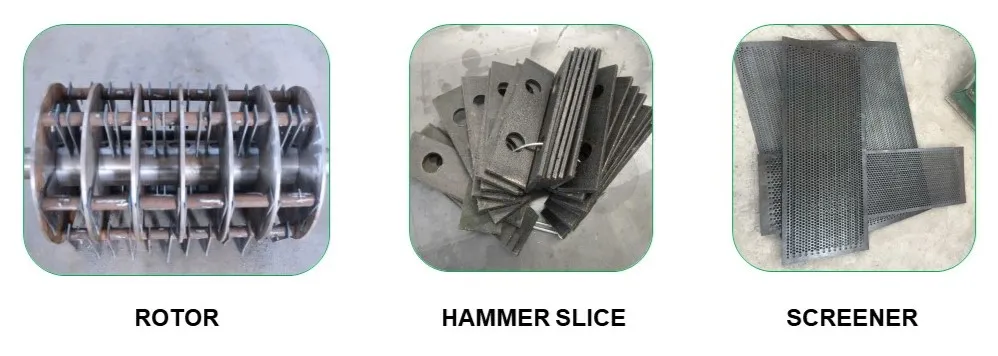Exploring the Benefits and Applications of Agricultural Exhaust Fans in Modern Farming Practices
Aug . 14, 2024 22:38 Back to list
Exploring the Benefits and Applications of Agricultural Exhaust Fans in Modern Farming Practices
The Importance of Agricultural Exhaust Fans in Modern Farming
In the modern agricultural landscape, where efficiency and productivity are paramount, the role of agricultural exhaust fans has become increasingly significant. These fans are crucial for maintaining optimal environmental conditions in farming operations, particularly in enclosed spaces such as greenhouses, barns, and poultry houses. By promoting air circulation, controlling temperature, and removing harmful gases, agricultural exhaust fans contribute to the overall health of livestock and crops.
Understanding Agricultural Exhaust Fans
Agricultural exhaust fans are designed to expel stale, warm air from an enclosure while drawing in cooler, fresh air. This process helps regulate temperature and humidity levels, essential factors that influence the growth and health of plants and animals. The design of these fans varies widely depending on their specific applications, including axial fans, centrifugal fans, and even hybrid models that combine features of both.
Regulating Temperature and Humidity
One of the primary functions of agricultural exhaust fans is temperature control. In environments such as greenhouses, where crops require specific temperature ranges to thrive, the ability to rapidly expel warm air is critical. Overheating can lead to plant stress, reduced yield, and even crop failure. By installing exhaust fans, farmers can maintain an ideal microclimate, promoting healthier plant development and maximizing harvests.
Humidity control is another vital function of agricultural exhaust fans. High humidity levels can create an environment conducive to mold growth, disease, and pest infestations. By efficiently ventilating air, these fans help to reduce moisture buildup and improve air quality. This not only benefits the crops but also enhances the working conditions for farm operators.
Enhancing Livestock Health
agricultural exhaust fan

In livestock farming, maintaining a comfortable and healthy environment is crucial for the well-being of the animals. Excess heat and humidity can lead to stress, reduced feed intake, and lower production rates. For instance, in poultry houses, high temperatures can affect egg production and the overall growth of birds. Agricultural exhaust fans help to create a conducive atmosphere by providing adequate airflow, thus keeping animals cool and reducing the risk of heat-related illnesses.
Additionally, these fans assist in controlling the levels of harmful gases such as ammonia, which can accumulate in enclosed spaces. High ammonia levels can lead to respiratory issues in livestock and adversely affect their growth. By ensuring proper ventilation, exhaust fans contribute to a healthier living environment for farm animals.
Energy Efficiency and Sustainability
Modern agricultural exhaust fans are designed to operate efficiently, minimizing energy consumption while maximizing output. Advanced technologies, such as variable speed drives and smart controls, allow farmers to adjust fan operation based on real-time conditions. This not only reduces operational costs but also supports sustainability efforts in agriculture, as it lowers the carbon footprint associated with energy use.
Moreover, by creating optimal growing conditions and enhancing livestock welfare, farmers can reduce the reliance on chemical inputs such as fertilizers and antibiotics, leading to a more sustainable and environmentally friendly approach to agriculture.
Conclusion
In conclusion, agricultural exhaust fans are an indispensable tool in the modern farming toolkit. By regulating temperature and humidity, improving air quality, and promoting animal welfare, these fans play a critical role in enhancing productivity and sustainability. As the agriculture sector continues to evolve, the importance of effective ventilation systems like agricultural exhaust fans will only increase, paving the way for more efficient and responsible farming practices. Embracing this technology can lead to healthier crops, happier livestock, and ultimately, a more productive agricultural industry.
-
Hot Sale 24 & 18 Door Rabbit Cages - Premium Breeding Solutions
NewsJul.25,2025
-
Automatic Feeding Line System Pan Feeder Nipple Drinker - Anping County Yize Metal Products Co., Ltd.
NewsJul.21,2025
-
Automatic Feeding Line System Pan Feeder Nipple Drinker - Anping County Yize Metal Products Co., Ltd.
NewsJul.21,2025
-
Automatic Feeding Line System - Anping Yize | Precision & Nipple
NewsJul.21,2025
-
Automatic Feeding Line System - Anping Yize | Precision & Nipple
NewsJul.21,2025
-
Automatic Feeding Line System-Anping County Yize Metal Products Co., Ltd.|Efficient Feed Distribution&Customized Animal Farming Solutions
NewsJul.21,2025






